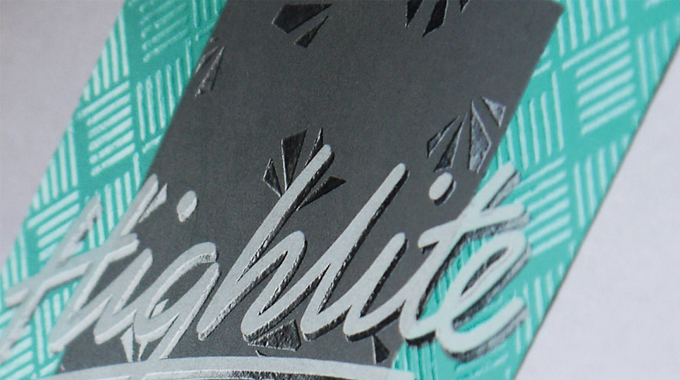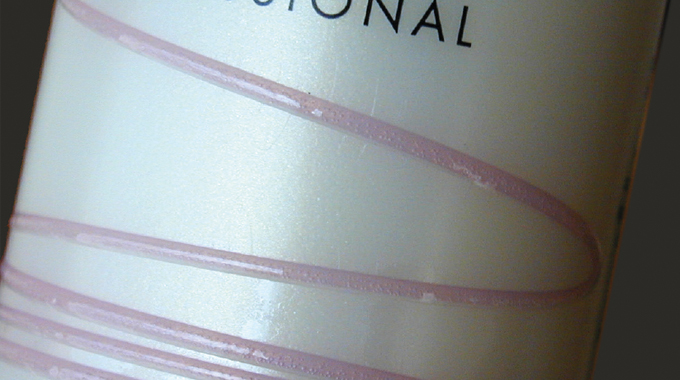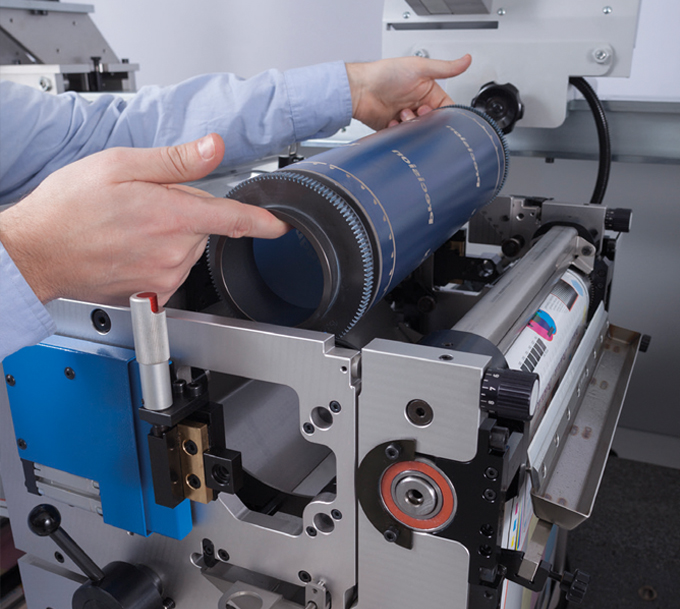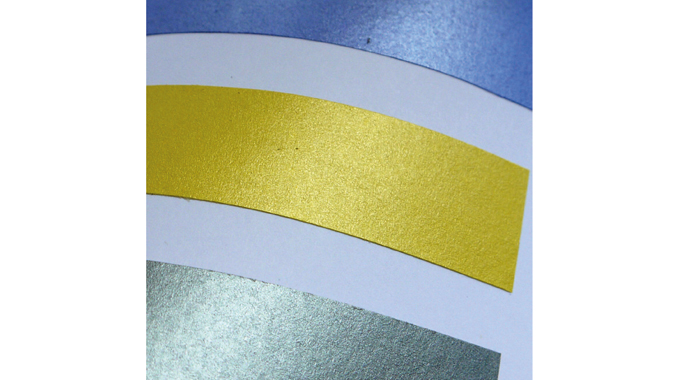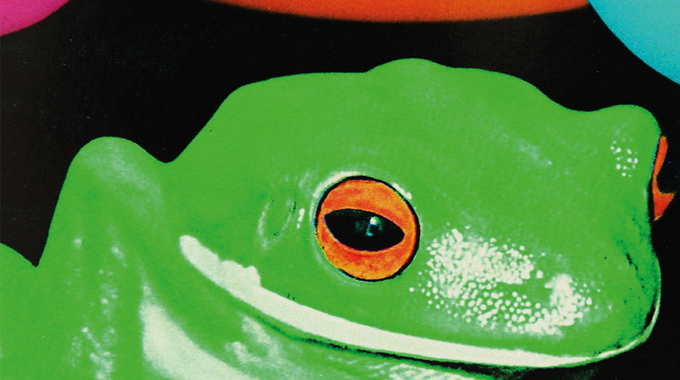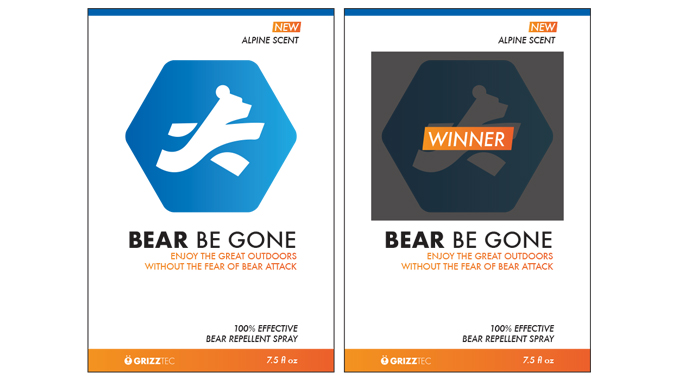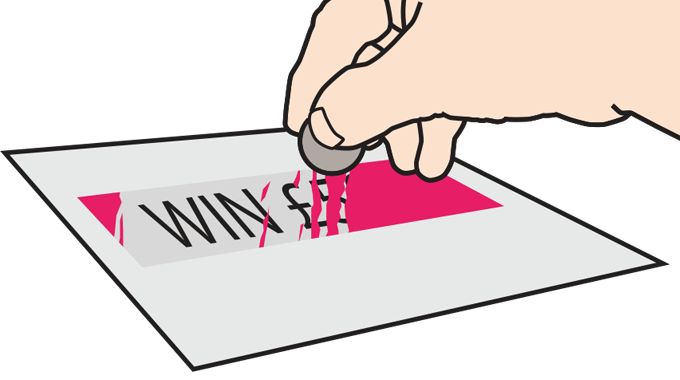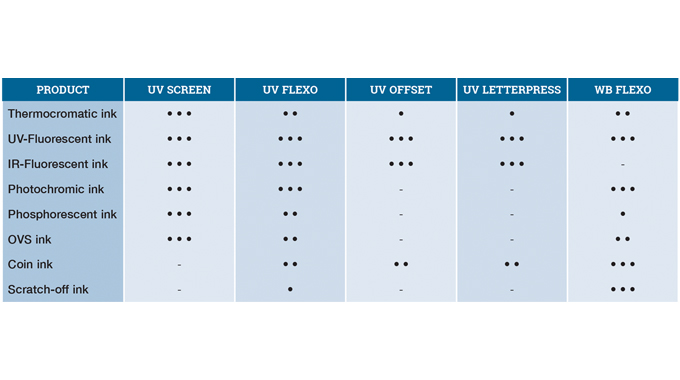★You are viewing this content as a subscriber
★Subscribers only
Special effects inks, varnishes and coatings
There is a wide variety of specialty inks, varnishes and other special-effects technologies that can add both decorative value and functionality to the surface of a label
There is a wide variety of specialty inks, varnishes and other special-effects technologies that can be used to add both decorative value and functionality to the surface of a label.
Special effects can add a new dimension to packaging, helping brands stand out from the crowd on the retail shelf. Special effect inks can also be interactive and thereby engage consumers on a different level, bringing unique functions as well as visual appeal into pack designs.
Stay up to date
Subscribe to the free Label News newsletter and receive the latest content every week. We'll never share your email address.
